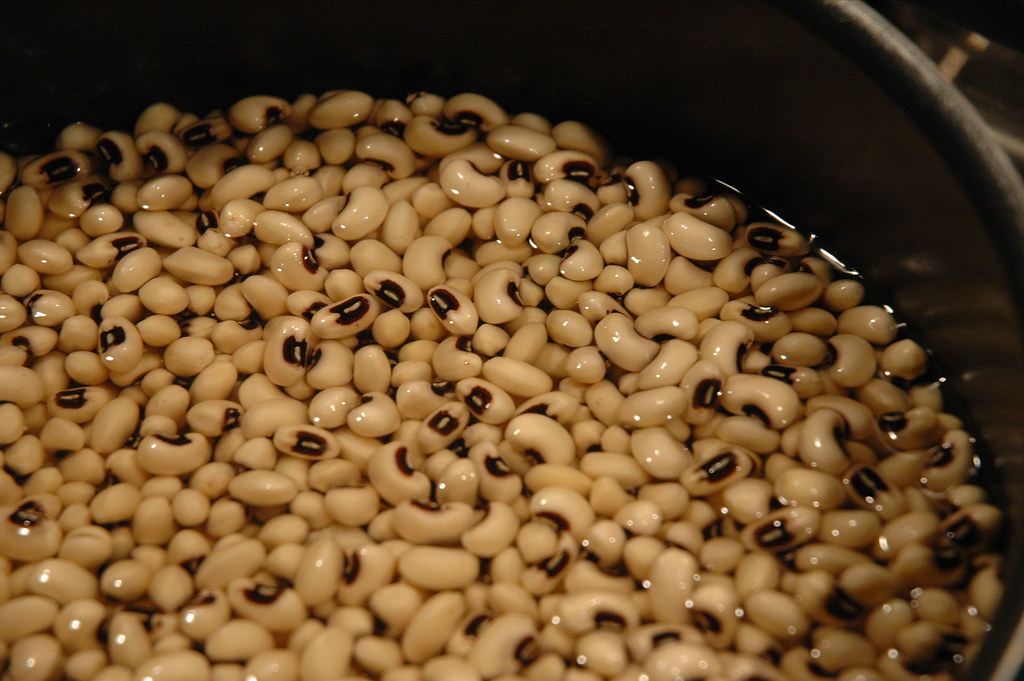
You don’t need a steak or chicken breast to load up on protein—there are plenty of meat-free foods that can give your muscles what they need while still keeping your meals fresh, fun, and totally satisfying. Whether you’re vegetarian, vegan, or just looking to cut back on meat, these 25 high-protein options are worth adding to your plate for energy, strength, and better health.
Greek Yogurt
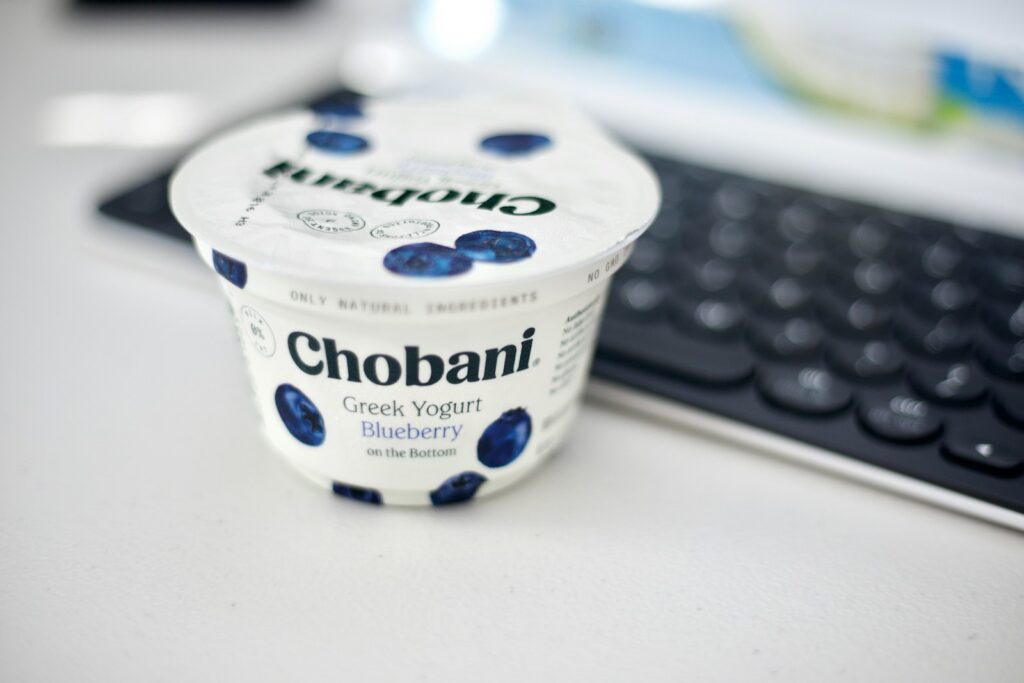
Greek yogurt stands out for being thick, creamy, and packed with nearly twice the protein of regular yogurt. It’s perfect for breakfast or a midday snack, and works just as well in all savory dishes like sauces and dips. Opt for plain, unsweetened varieties to avoid added sugars and mix in fruit, honey, or nuts for flavor. It’s easy, delicious, and keeps you full for hours.
Cottage Cheese
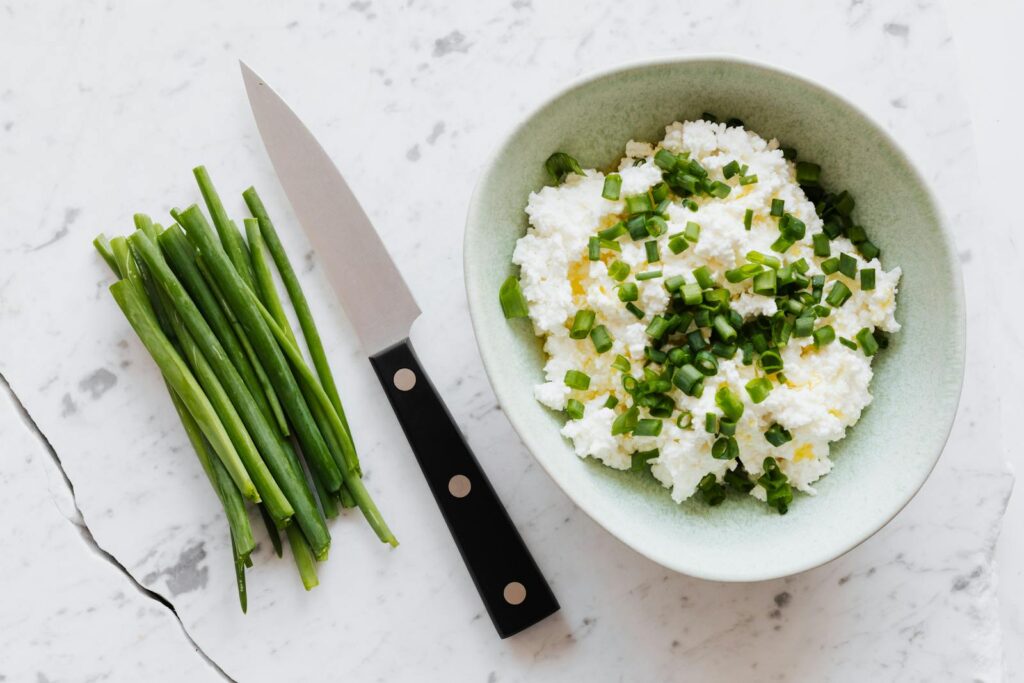
Cottage cheese may not get the hype it deserves, but it’s a protein-rich food that fits into just about any meal plan. It’s low in fat, high in casein protein, and helps keep hunger at bay. You can eat it plain, top it with fruit, or mix it into scrambled eggs or pancake batter. It’s underrated but surprisingly versatile and filling.
Lentils
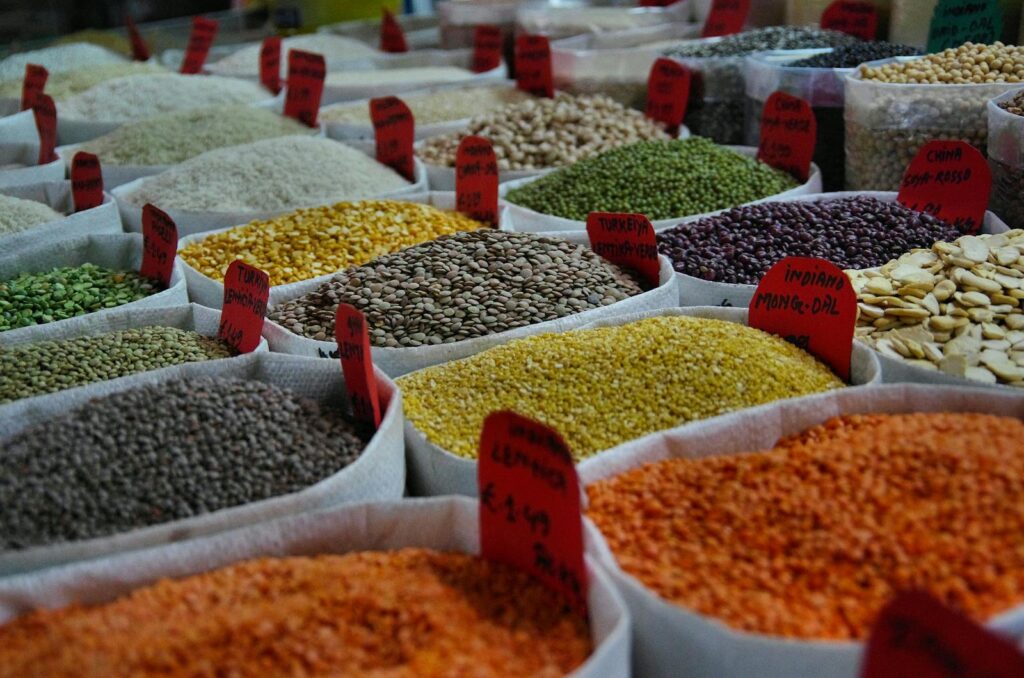
Lentils are one of the best plant-based sources of protein, with a solid 18 grams per cooked cup. They also offer plenty of fiber, which makes meals more satisfying. Toss them into soups, stews, or salads, or cook them into veggie burgers or curry. They’re budget-friendly, cook quickly, and soak up flavors beautifully, making them a favorite in plant-based diets worldwide.
Edamame
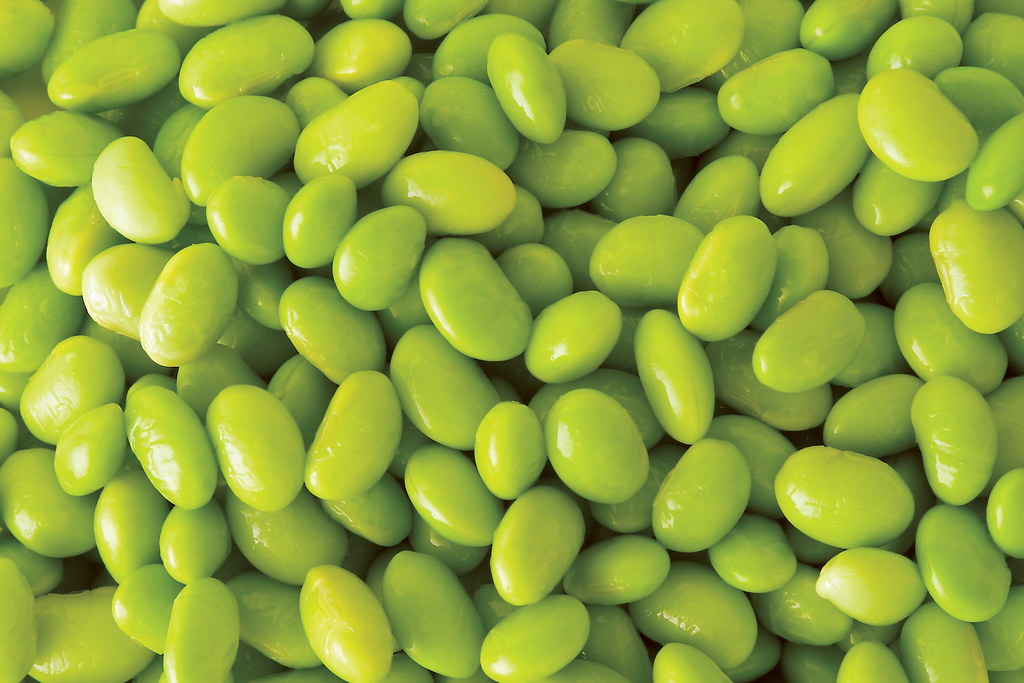
Edamame, or young soybeans, are an easy, tasty way to add protein to your diet. A single cup contains around 17 grams of protein, plus fiber, iron, and magnesium. They’re usually steamed and served with sea salt, but you can also toss them into stir-fries or grain bowls. They make an excellent snack that feels more like a treat than a health food.
Quinoa

Unlike most grains out there, quinoa is a complete source of protein, which means it provides all nine amino acids. With 8 grams of protein per cooked cup, it’s a great base for salads, veggie bowls, or breakfast porridge. It cooks in just 15 minutes, has a light nutty flavor, and keeps you full longer than plain rice or pasta. Plus, it’s naturally gluten-free.
Tempeh
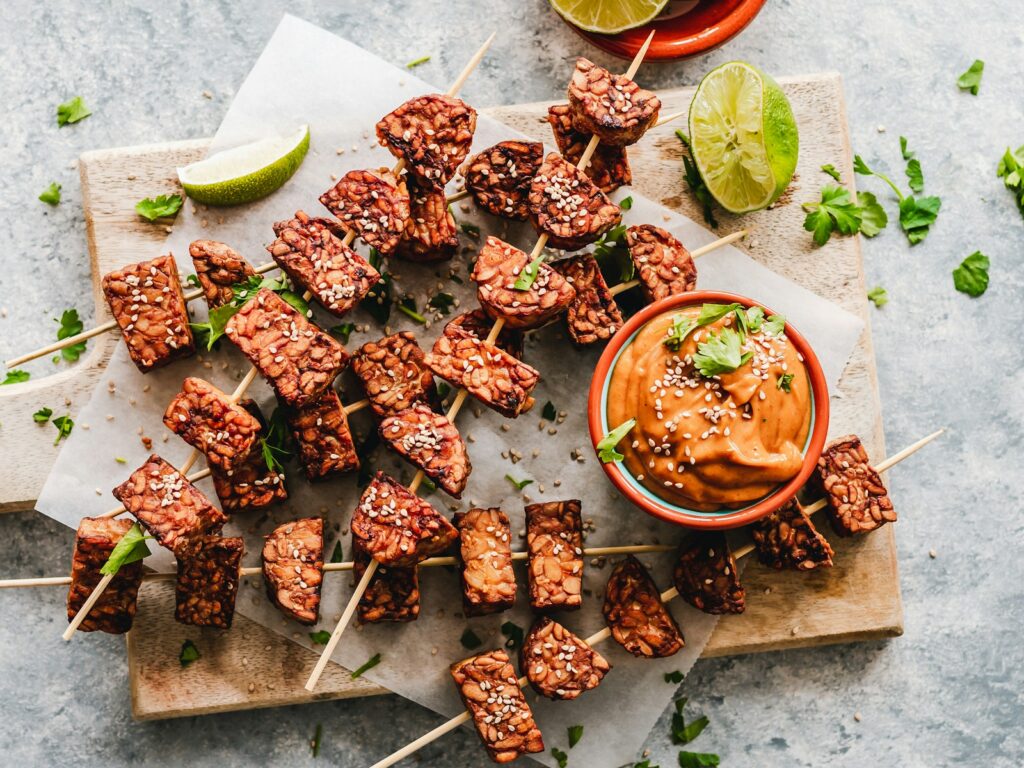
Tempeh is basically a fermented soy product with a dense, firm texture and a nutty taste. It packs around 19 grams of protein per 3-ounce serving and also brings gut-friendly probiotics to the table. It absorbs marinades well and is excellent in stir-fries, sandwiches, or grilled on its own. Tempeh is especially popular with vegans because it’s hearty and satisfies like a protein-packed main dish.
Chickpeas

Also known as garbanzo beans, these are a protein-rich legume that shines in both savory and sweet dishes. One cup offers around 15 grams of protein and a healthy dose of fiber. They work well in curries, salads, or oven-roasted for a crunchy snack. Plus, blending them into hummus is one of the easiest ways to turn protein into a tasty dip.
Tofu
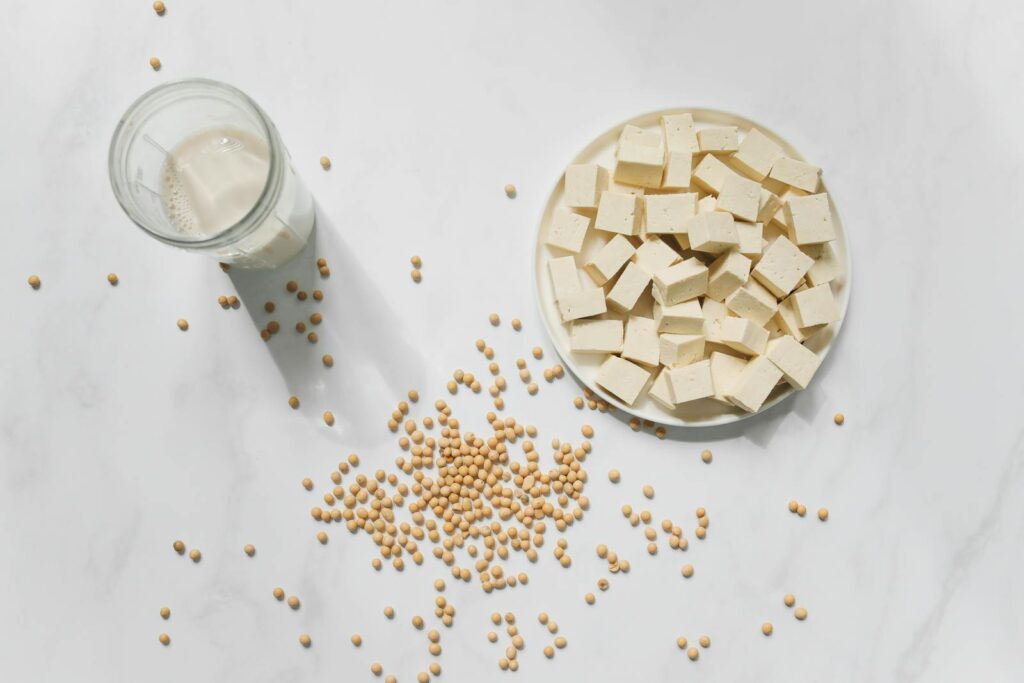
Tofu is one of the most flexible high-protein foods you can cook with. Made from soybeans, it has about 10 grams of protein per half cup and absorbs flavors like a sponge. You can bake, fry, scramble, or add it to soups. It’s also an excellent alternative to eggs or meat, making it a staple in plant-based kitchens everywhere.
Black Beans
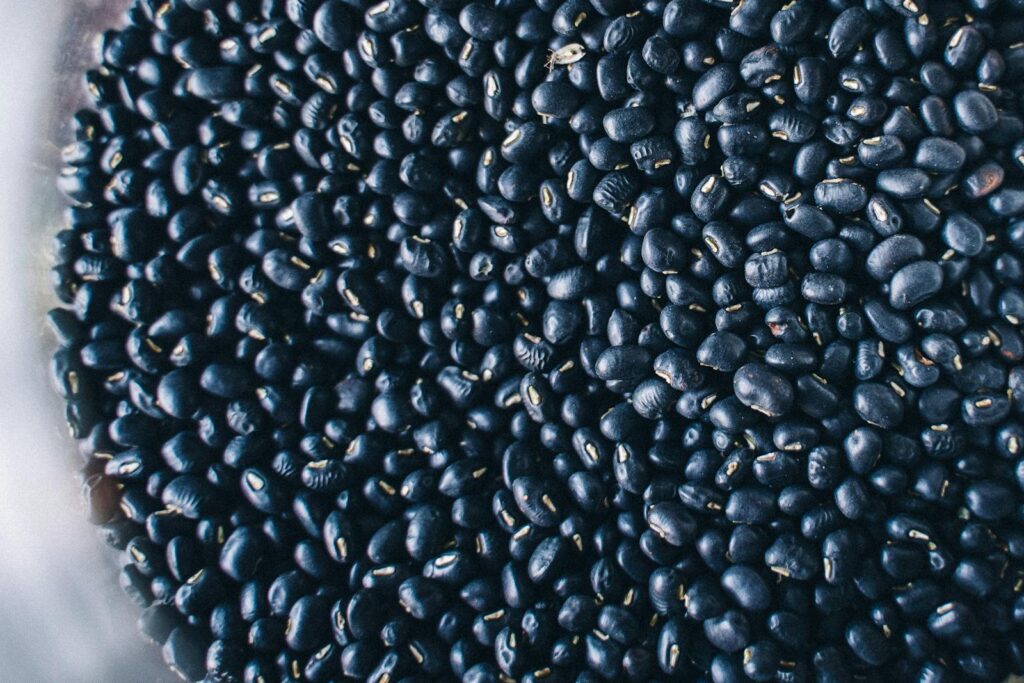
Black beans give around 15 grams of protein per cooked cup, making them a hearty addition to any meal. They’re especially great in tacos, burritos, rice bowls, or even veggie burgers. Packed with fiber and iron too, they help regulate digestion and keep you feeling satisfied. Canned or dry, they’re easy to work with and always worth having in your pantry.
Pumpkin Seeds
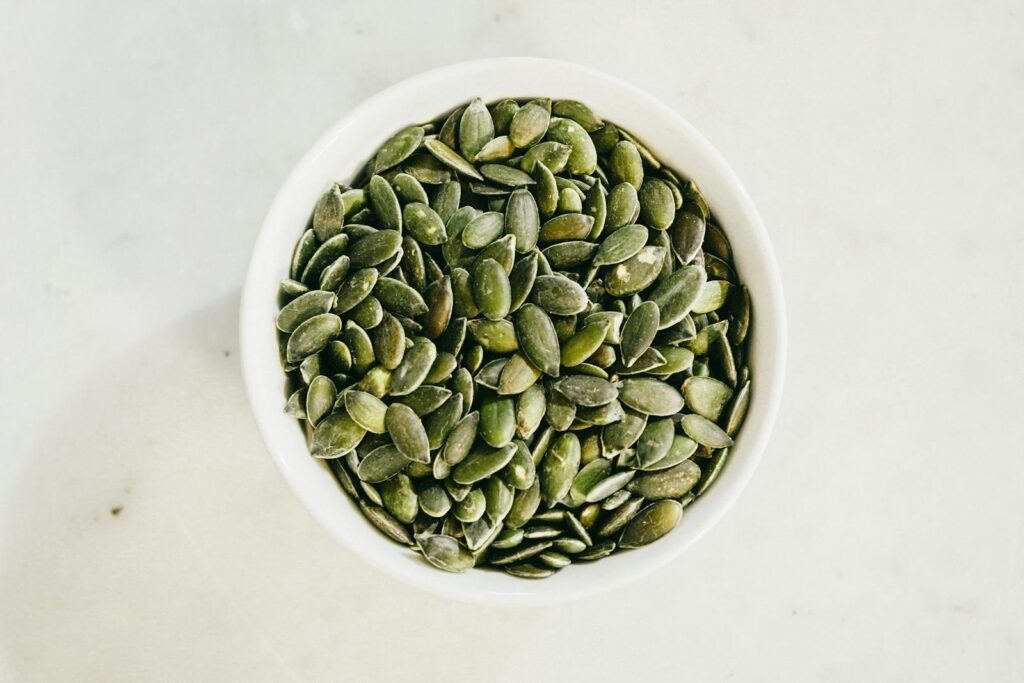
Pumpkin seeds, or pepitas, provide about 7 grams of protein per ounce, and they also give you zinc, magnesium, and heart-healthy fats. They’re perfect sprinkled on yogurt, oatmeal, or salads—or eaten by the handful as a snack. You can even blend them into sauces or dips. These seeds are small but mighty when it comes to protein and crunch.
Hemp Seeds
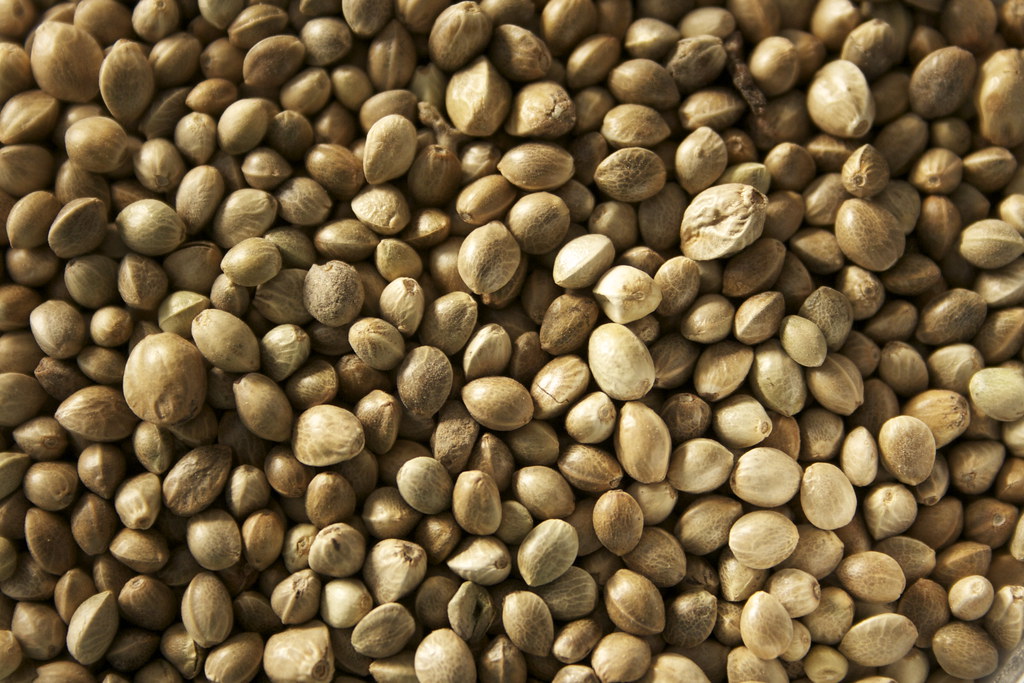
Hemp seeds deliver nearly 10 grams of protein per 3 tablespoons and are packed with omega-3 and omega-6 fatty acids. Their mild and nutty flavor makes them easy to mix into smoothies, yogurt, cereal, or even baked goods. Unlike some seeds, they don’t need to be ground to be digested, so you get full nutrition with every spoonful. They’re a quiet powerhouse in a small package.
Peanut Butter
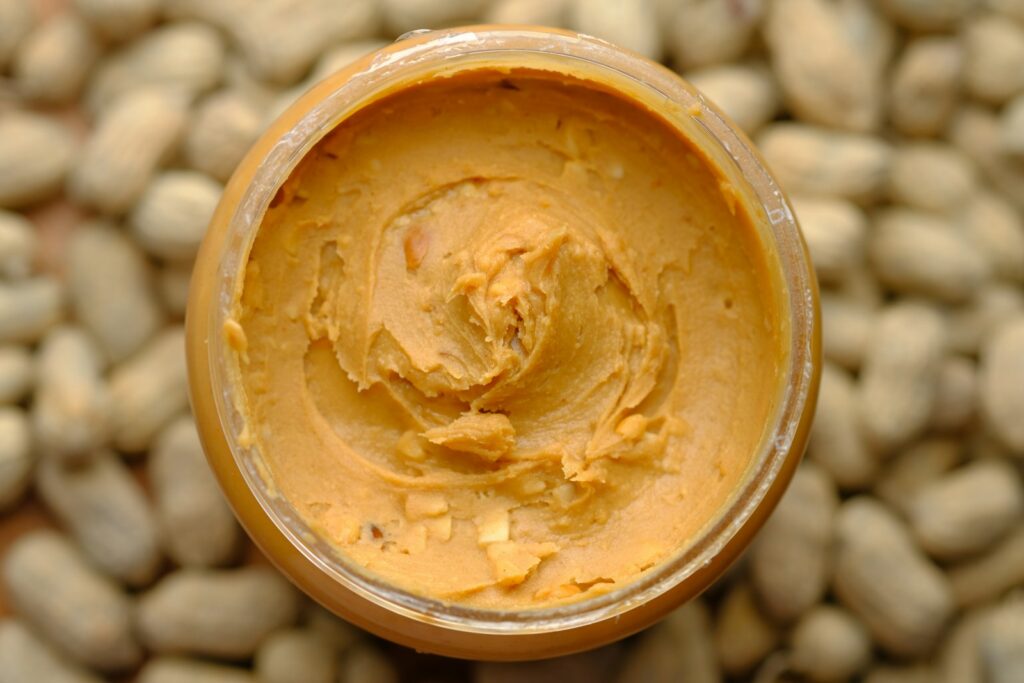
Peanut butter gives you about 8 solid grams of protein in just two tablespoons, plus healthy fats that keep you feeling full. It’s more than just a sandwich spread—it works in oatmeal, smoothies, sauces, or baked treats. Just look for natural versions without added sugar or hydrogenated oils. It’s rich, comforting, and satisfies cravings while giving your body some solid nutrition.
Almonds
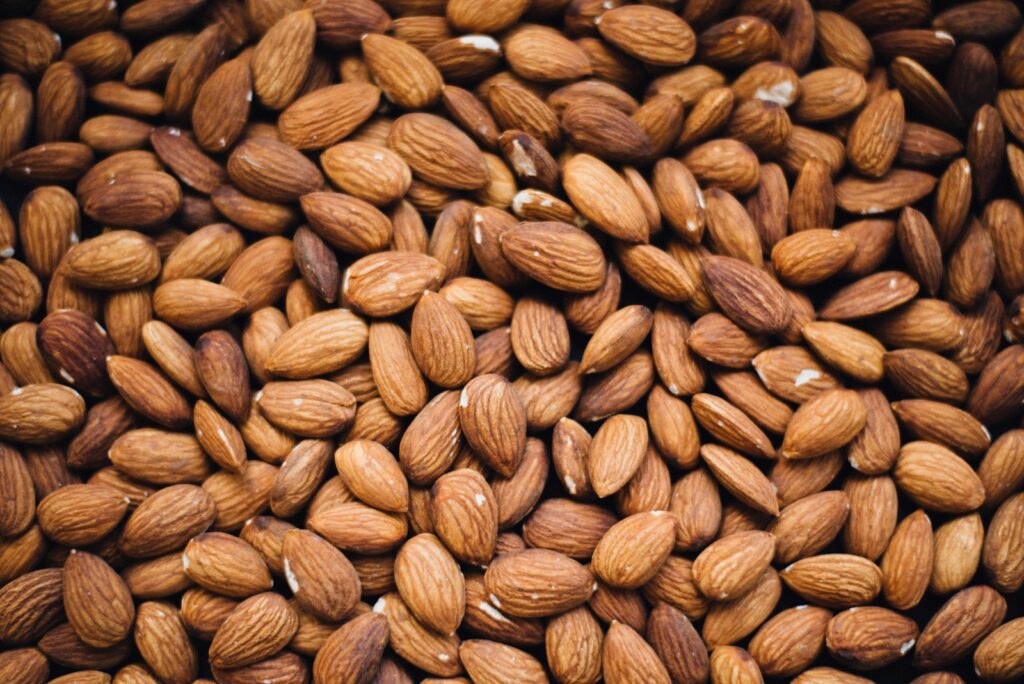
Almonds are great for snacking, and they come with 6 grams of protein per ounce, plus fiber, vitamin E, and healthy fats. They’re especially filling and help with appetite control, which is helpful if you’re trying to avoid overeating. You can eat them plain, roasted, or sliced into dishes like oatmeal, yogurt, and salads. Almond butter is another great way to enjoy them.
Chia Seeds

Chia seeds don’t look like much at first, but they swell up when soaked in liquid, forming a gel-like texture that’s great for puddings and smoothies. They have around 5 grams of protein per 2 tablespoons, and they also offer omega-3s, fiber, and antioxidants. Their light flavor makes them easy to add to almost anything, and their texture keeps things interesting.
Seitan

Seitan is made from wheat gluten and has almost 21 grams of protein per 3-ounce serving, making it one of the highest-protein meat alternatives. It has a chewy texture that closely mimics meat, which is why it’s often used in vegan “chicken” or “steak” recipes. Just keep in mind it’s not suitable for anyone with gluten sensitivities or allergies.
Green Peas
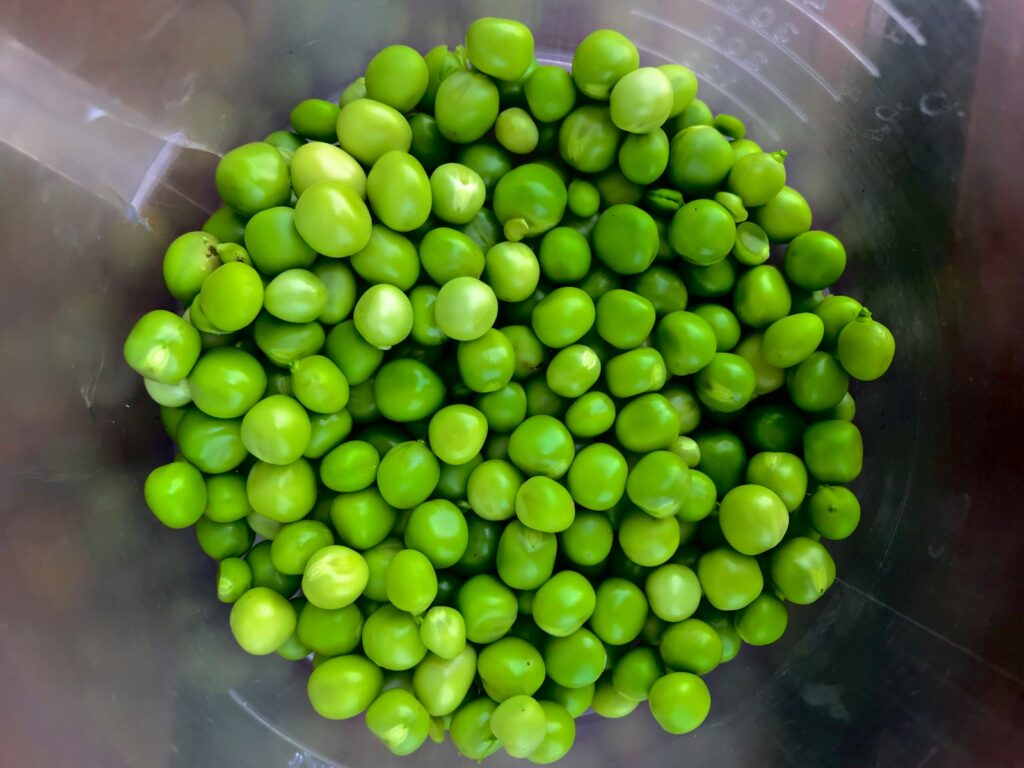
Green peas might not seem like a protein food, but one cup has about 8 grams, along with vitamins A, C, and K. They’re naturally sweet, easy to prepare, and great in soups, pastas, and rice dishes. Pea protein is even used in some plant-based protein powders and meat substitutes. They’re one of the few vegetables that really help boost your daily protein intake.
Sunflower Seeds
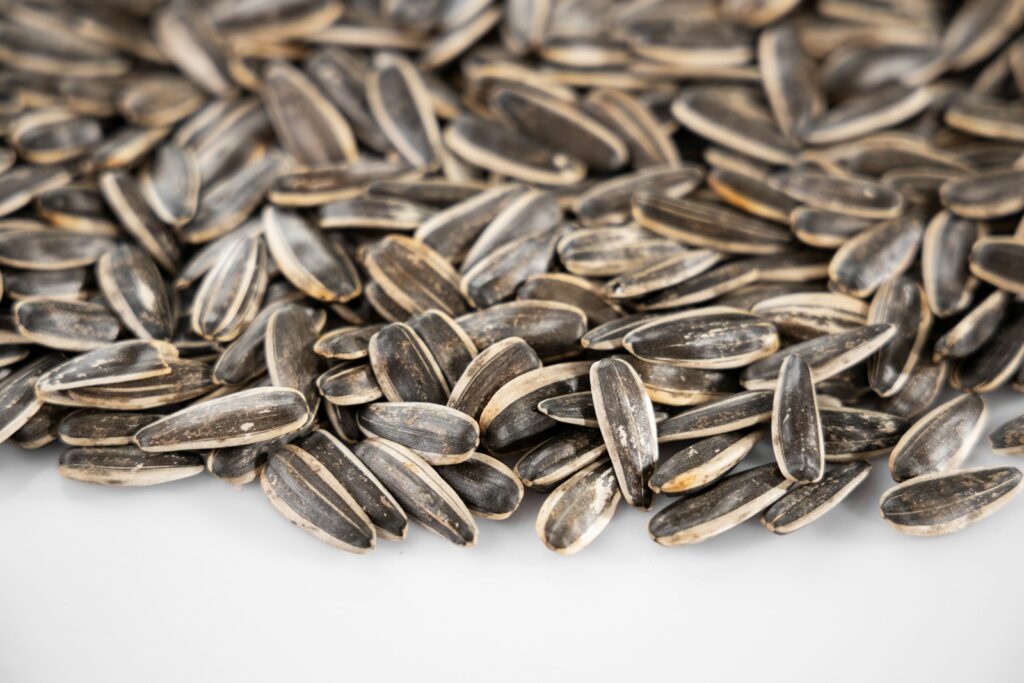
Sunflower seeds are a crunchy, satisfying snack with about 6 grams of protein per ounce. They’re also rich in vitamin E, magnesium, and healthy fats. Toss them into a salad, mix them into granola, or eat them straight from the bag. Their nutty flavor adds depth to any dish, and they help you feel full without relying on heavier, meat-based options.
Oats
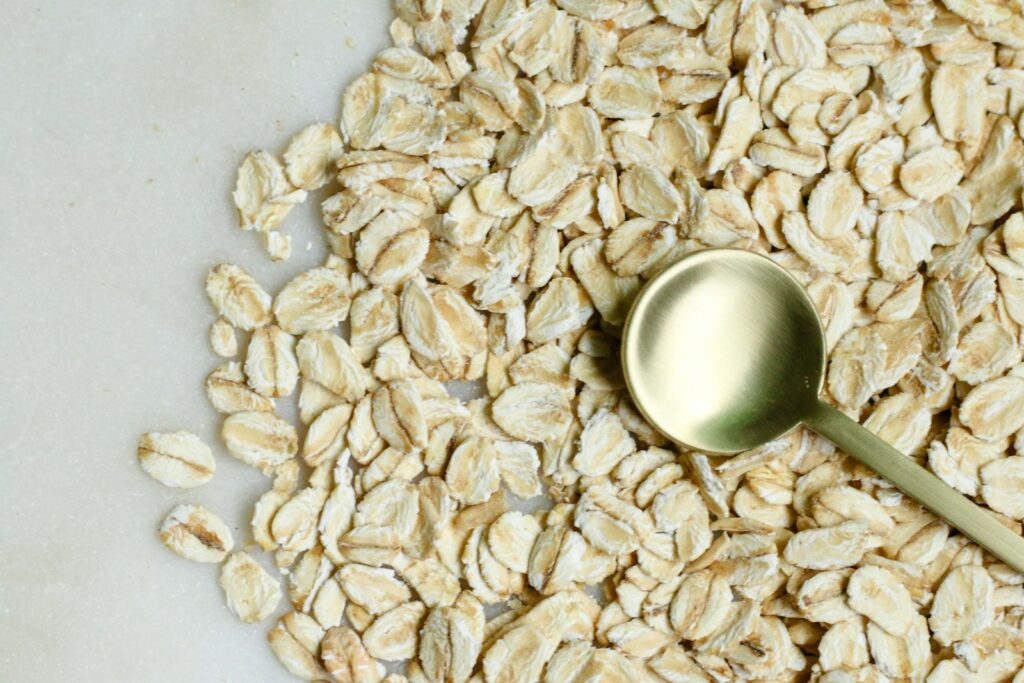
Oats are a cozy, comforting food that contains more protein than most grains—about 5 grams per half-cup of dry oats. You can boost their protein even more by cooking them with milk or stirring in nut butter or seeds. They’re great for breakfast, and they can also be used in baking or savory dishes like oat-based veggie patties.
Black-Eyed Peas
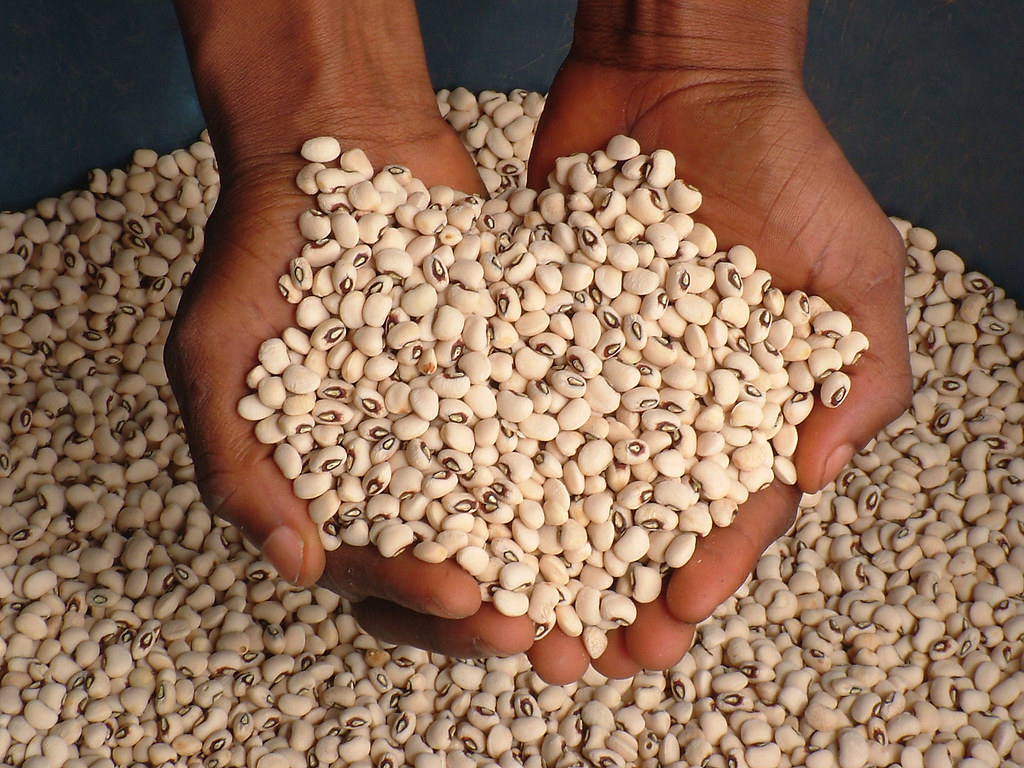
Black-eyed peas are a southern staple with about 13 grams of protein per cooked cup. They’re hearty, satisfying, and great in stews, salads, or served with rice. These legumes are also a good source of potassium and folate. They bring a little tradition to the table while giving you a solid nutritional punch.
Amaranth

Amaranth is an ancient grain that’s naturally gluten-free and surprisingly high in protein—about 9 grams per cup when cooked. It has a sweet and nutty flavor and a soft, porridge-like texture when boiled. It works well in breakfast bowls or as a side dish. If you want a change from quinoa or oats, this grain gives you something new and nutritious to try.
White Beans
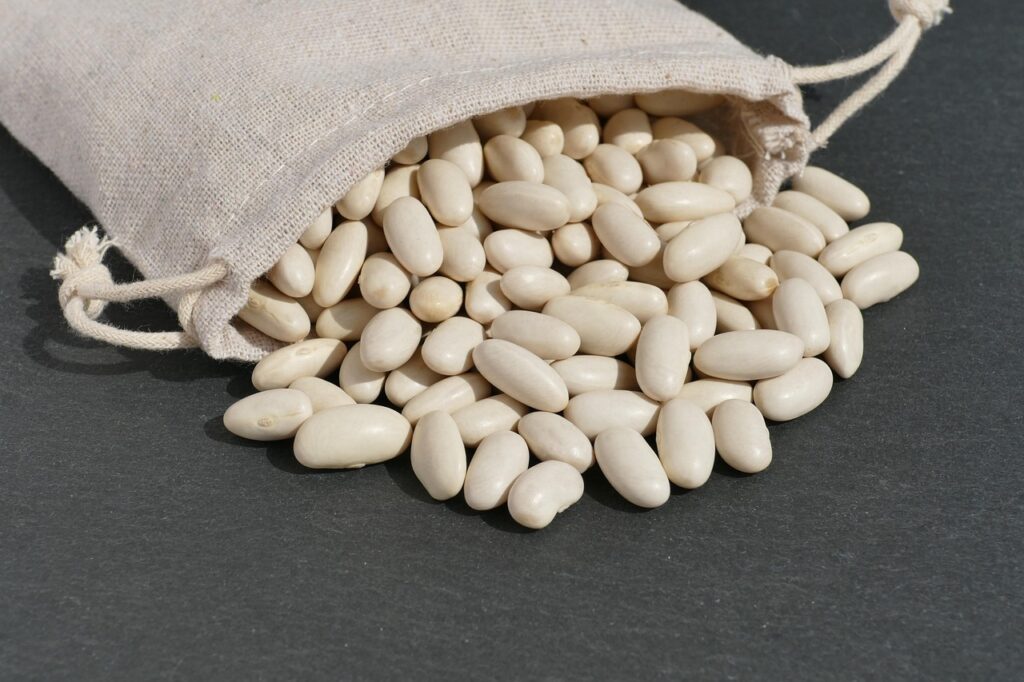
White beans, such as cannellini or navy ones, have 15 grams of protein per cup. They’re soft, creamy, and mild-tasting, which makes them easy to blend into soups, mash into spreads, or stir into pasta dishes. They also provide fiber and iron, making them both filling and nourishing. They’re one of the easiest pantry items to turn into a protein-rich meal.
Spirulina
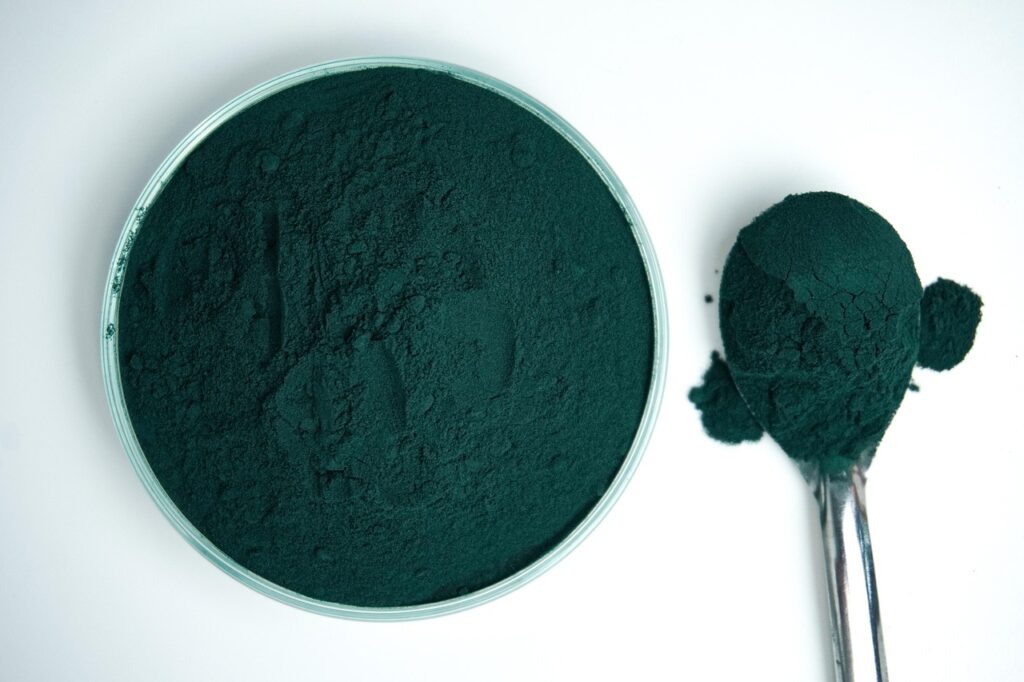
Spirulina is a blue-green algae that’s often sold in powder or tablet form, and it’s incredibly rich in protein—about 8 grams per two tablespoons. It also contains B vitamins, iron, and antioxidants. It has a strong, earthy taste, so it’s best mixed into smoothies or juices. Just a little goes a long way, and it’s a convenient way to add plant protein.
Barley

Barley isn’t just for soups—it’s a hearty grain with a solid 6 grams of protein per cooked cup. It’s chewy in texture and has a nut-like flavor that makes it great in grain bowls, risotto, or cold salads. It also offers plenty of fiber, which helps with digestion and keeps you full. It’s a good choice when you want a filling base for a meatless meal.
Falafel
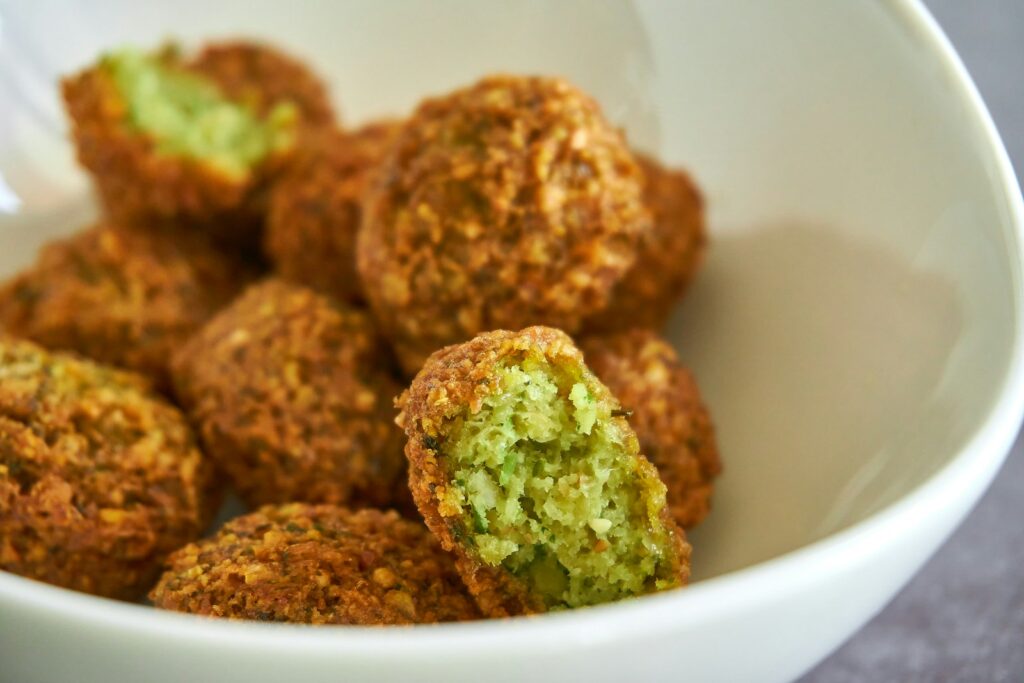
Falafel, made from ground chickpeas and spices, is not only tasty but full of plant-based protein. When baked or lightly fried, it offers a crispy texture with about 13 grams of protein per serving. You can stuff it into pita, break it into salads, or serve it with tahini sauce. It’s a flavorful way to enjoy legumes in a different form.
Nutritional Yeast
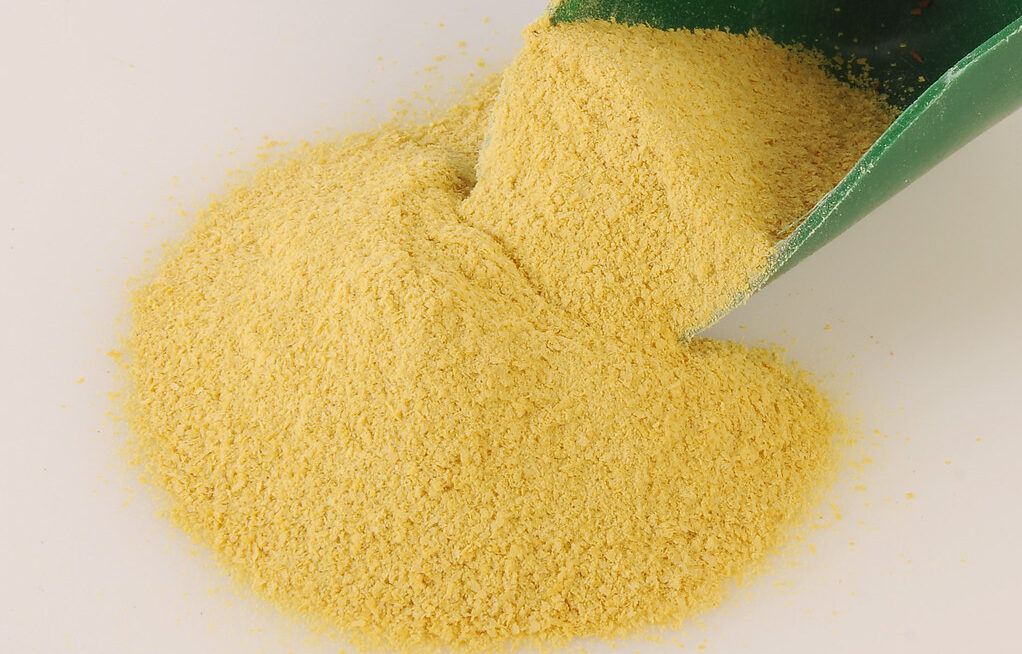
Nutritional yeast (also called “nooch”) is a deactivated yeast with a cheesy flavor and around 8 grams of protein per two tablespoons. It’s often filled with B12, which is great for those on vegan diets. You can sprinkle it on pasta, popcorn, or plain salads to boost flavor and nutrition. It’s a hidden gem for anybody looking to add protein without meat or dairy.
Leave a comment